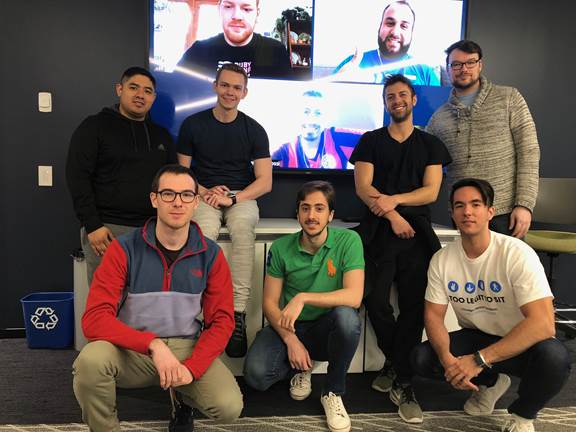Since experiment outputs can differ substantially and lend themselves to a wide array of uses, it is helpful to apply some structure to this brainstorming. One useful starting point is in pondering the implications of an experiment’s results within the company and beyond it, respectively. The former requires assessing all potential plug-ins of the experiment’s outputs across the firm’s operations - existing or newly imagined. The latter involves exploring all possibilities of radiating the learnings outwards outside of the company in line with the company’s broader objectives.
To have internal value, a successful experiment may either illustrate how a number of existing artifacts or processes can be improved or provide a brand new set of them to adopt altogether. Contrast, for example, a technologically-enabled improvement to a workflow with a new practice forming out of nothing, in response to newly enabled possibilities. Regardless of which of these two types of value-adds the experiment provides, for its value to be actualized, the experiment requires nimble and responsive institutions that proactively adapt to change. It is in this environment that intrapreneurs truly shine. The network effect should be apparent: a culture of innovation and a culture of continuous improvement mutually reinforce one another.
In addition to this internal boost, there is very likely to be potential external value that should also be realized. By definition, innovation is the exploration of new and uncharted waters. The process of innovating then puts one on the technological vanguard with firm grounds for thought-leadership. Depending on the firm, this might be instrumentalized to support talent acquisition, drive demand generation, bolster profitability, or much more.
How do we do this in K+C?
By educating. The purpose of FWD is to provide our clients a feel of what’s coming next. It intends to educate our clients broadly. So too does the change report and our community events, such as MeetUps and more. So, here the idea is education and thought leadership. It leads to the social good of a more aware and technically savvy public. It also leads to business development and better technical outcomes for our clients. Also, it leads to talent acquisition.
By building. Labs has long been a breeding ground for service line offerings. Emerging technology that is proved out in Labs is taken to market. Our various projects leveraging IOT, Computer Vision, NLP, Blockchain, and almost every conceivable combination of them have been morphed into a set of functioning service lines. They’ve led to more revenue and stronger partnerships.
By adopting. Other projects which promise internal cultural value within K+C, such as KinCoin, DigitalKin, and the three projects of the Kinnect Challenge, are nurtured until their releases at which point they are adopted either on a grassroots or organizational level. KinCoin for example has hit >30k transactions involving 5,000 unique pairs of people. Grassroots efforts on the app have raised money for charities, incentivized participation in internal initiatives, and built a rich camaraderie within K+C. Office World, although not yet released, has been used by Kin for happy hours on client projects and informal gatherings alike. DigitalKin offers a data-driven tool for casting and mentorship. Simply put, examples abound.








